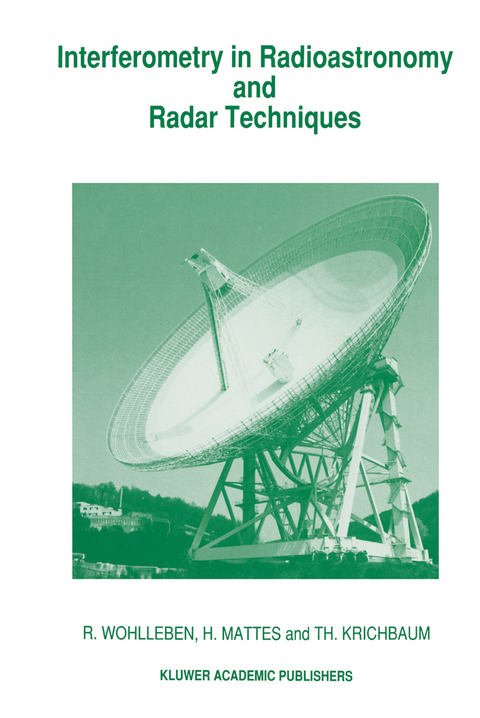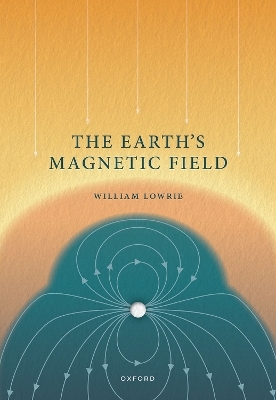
Interferometry in Radioastronomy and Radar Techniques
Springer (Verlag)
978-94-010-5646-5 (ISBN)
Radar applications have also dramatically increased their quality by using the interferometry principle.
This book describes in the first six, short chapters the basics of interferometry and aperture synthesis.
In recent years aperture synthesis and interferometry have become very powerful tools in radioastronomy. Investigation of distant galaxies, for example, have revealed structures with sizes of less than a kiloparsec. In general, the study of galaxies has benefited from the great power of these techniques.
Radar applications have also dramatically increased their quality by using the interferometry principle. Tracking and airborne radar can now determine position and velocity of objects with a much higher accuracy.
This book describes in the first six, short chapters the basics of interferometry and aperture synthesis. The following two, long chapters treat the aspects of radioastronomical interferometers and radar applications of interferometry in great detail. The text offers readers a very good opportunity to familiarize themselves with the mathematical background of these very complex techniques.
For researchers and students in radioastronomy and electrical engineering.
1. Introduction.- 2. Characteristic magnitudes of cosmic radio radiation.- 3. Reception of quasi-monochromatic, partially polarized plane waves.- 4. Reception of randomly polarized waves from an extended, incoherent source.- 5. Theory of linear spatial filters.- 6. Interferometric techniques.- 6.1. Principle of the interferometer.- 6.2. Effect of bandwidth.- 6.3. Effect of extension of the radiations source on the power pattern.- 7. Radioastronomical interferometers.- 7.1. Sea interferometer.- 7.2. Interferometer with passive reflectors.- 7.3. Ryle’s twin interferometer.- 7.4. Phase-switched interferometer.- 7.5. Swept-frequency interferometer.- 7.6. Lobe sweeping interferometer.- 7.7. Multi-element or grating interferometer.- 7.8. Christiansen-cross and Mills-cross interferometer.- 7.9. Correlation systems.- 7.10. Signal processing in a phase coherent interferometer.- 8. Radar applications of interferometry.- 8.1. Introduction.- 8.2. Fundamentals.- 8.3. Two-dimensional phase-comparison monopulse radar.- 8.4. Phase-comparison monopulse radar for three-dimensional target tracking.- 8.5. Pseudo-noise code interferometer.- 8.6. Interferometer systems for synchronous satellite navigation.- 9. References.- 10. Index.
| Zusatzinfo | XIV, 210 p. |
|---|---|
| Verlagsort | Dordrecht |
| Sprache | englisch |
| Maße | 155 x 235 mm |
| Themenwelt | Naturwissenschaften ► Geowissenschaften ► Geophysik |
| Naturwissenschaften ► Physik / Astronomie ► Astronomie / Astrophysik | |
| Technik ► Elektrotechnik / Energietechnik | |
| ISBN-10 | 94-010-5646-3 / 9401056463 |
| ISBN-13 | 978-94-010-5646-5 / 9789401056465 |
| Zustand | Neuware |
| Informationen gemäß Produktsicherheitsverordnung (GPSR) | |
| Haben Sie eine Frage zum Produkt? |
aus dem Bereich


